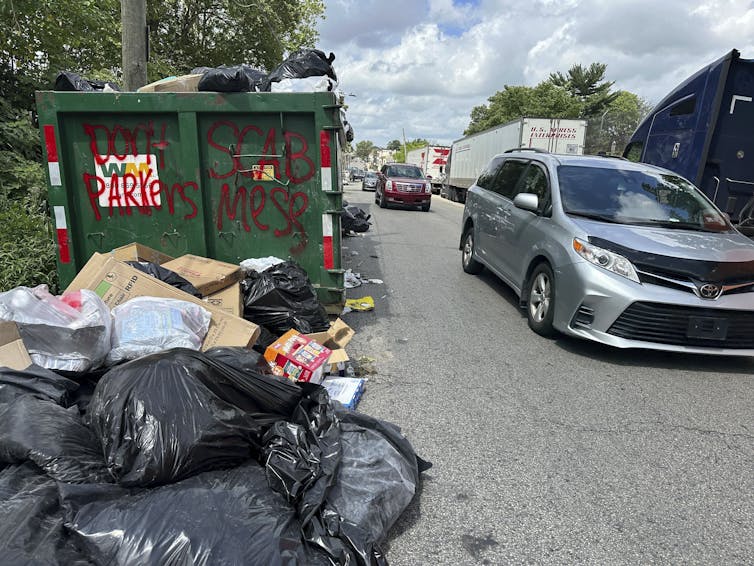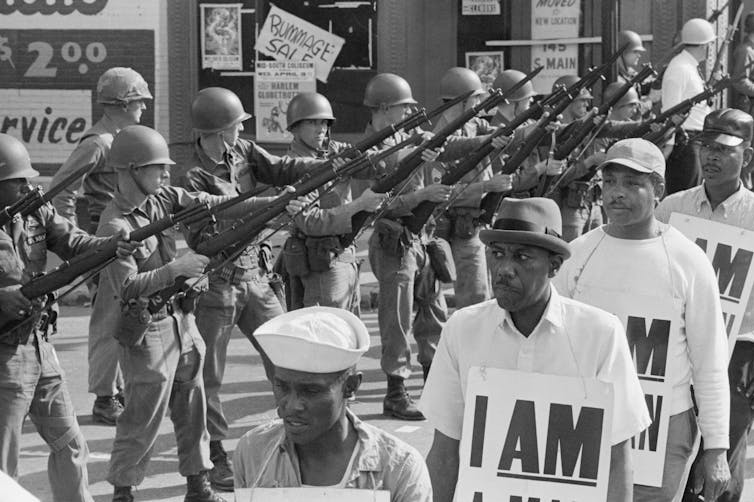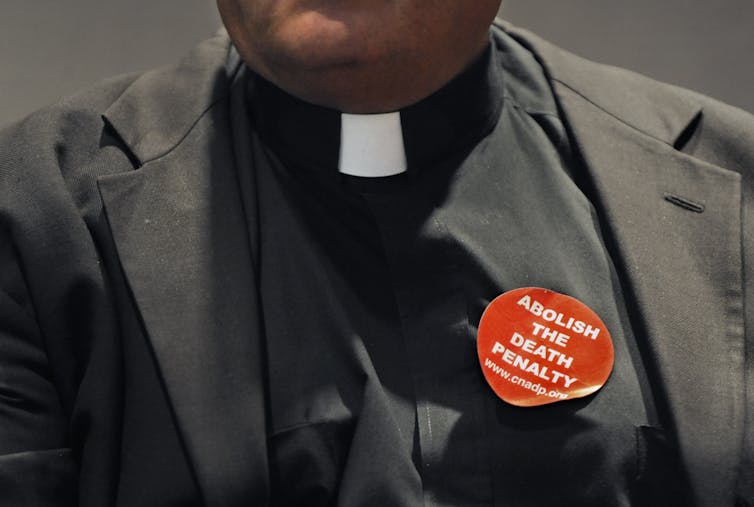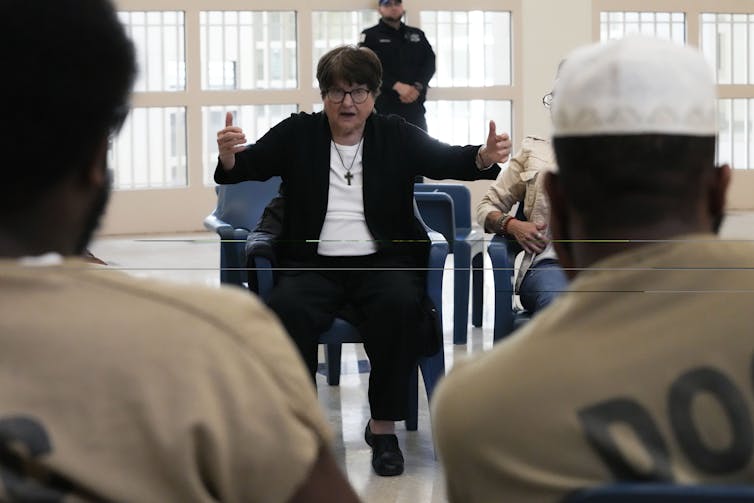Source: The Conversation – USA – By Francis Ryan, Associate Professor of Labor Studies and Employment Relations, Rutgers University

The Philadelphia municipal workers strike ended after eight days in the early hours of July 9, 2025.
The American Federation of State, County and Municipal Employees District Council 33 union’s 9,000 blue-collar workers, including sanitation workers, 911 dispatchers, city mechanics and water department staff, were called back to work immediately. The deal involves a three-year contract with 3% annual raises and an additional step in the union pay scale for veteran workers.
The Conversation U.S. asked Francis Ryan, a professor of labor studies at Rutgers University and author of “AFSCME’s Philadelphia Story: Municipal Workers and Urban Power in Philadelphia in the Twentieth Century,” about the history of sanitation strikes in Philly and what made this one unique.
Has anything surprised you about this strike?
This strike marked the first time in the history of labor relations between the city of Philadelphia and AFSCME District Council 33 union where social media played a significant role in how the struggle unfolded.
The union got their side of the story out on Instagram and other social media platforms, and citizens took up or expressed sympathy with their cause.

AP Photo/Tassanee Vejpongsa
How successful are trash strikes in Philly or other US cities?
As I describe in my book, Philadelphia has a long history of sanitation strikes that goes back to March 1937. At that time, a brief work stoppage brought about discussions between the city administration and an early version of the current union.
When over 200 city workers were laid off in September 1938, city workers called a week-long sanitation strike. Street battles raged in West Philadelphia when strikers blocked police-escorted trash wagons that were aiming to collect trash with workers hired to replace the strikers.
Philadelphia residents, many of whom were union members who worked in textile, steel, food and other industries, rallied behind the strikers. The strikers’ demands were met, and a new union, AFSCME, was formally recognized by the city.
This strike was a major event because it showed how damaging a garbage strike could be. The fact that strikers were willing to fight in the streets to stop trash services showed that such events had the potential for violence, not to mention the health concerns from having tons of trash on the streets.
There was another two-week trash strike in Philadelphia in 1944, but there wouldn’t be another for more than 20 years.
However, a growing number of sanitation strikes popped up around the country in the 1960s, the most famous being the 1968 Memphis sanitation strike.

Bettmann via Getty Images
In Memphis, Tennessee, a majority African American sanitation workforce demanded higher wages, basic safety procedures and recognition of their union. Rev. Martin Luther King Jr. rallied to support the Memphis workers and their families as part of his Poor Peoples’ Campaign, which sought to organize working people from across the nation into a new coalition to demand full economic and political rights.
On April 4, 1968, King was assassinated. His death put pressure on Memphis officials to settle the strike, and on April 16 the strikers secured their demands.
Following the Memphis strike, AFSCME began organizing public workers around the country, and through the coming years into the 1970s, there were sanitation strikes and slowdowns across the nation including in New York, Atlanta, Cleveland and Washington. Often, these workers, who were predominantly African American, gained the support of significant sections of the communities they served and secured modest wage boosts.
By the 1980s, such labor actions were becoming fewer. In 1986, Philadelphia witnessed a three-week sanitation strike that ended with the union gaining some of its wage demands, but losing on key areas related to health care benefits.

Bettmann via Getty Images
How do wages and benefits for DC33 workers compare to other US cities?
District Council 33 President Greg Boulware has said that the union’s members make an average salary of US$46,000 per year. According to MIT’s Living Wage Calculator, that is $2,000 less than what a single adult with no kids needs to reasonably support themselves living in Philadelphia.
Prior to this deal, sanitation workers who collect curbside trash earned a salary of $42,500 to $46,200, or $18-$20 an hour. NBC Philadelphia reported that those wages are the lowest of any of the major cities they looked at. Hourly wages in the other cities they looked at ranged from $21 an hour in Dallas to $25-$30 an hour in Chicago.
Unlike other eras, the fact that social media makes public these personal narratives and perspectives – like from former sanitation worker Terrill Haigler, aka “Ya Fav Trashman” – is shaping the way many citizens respond to these disruptions. I saw a level of support for the strikers that I believe is unprecedented going back as far as 1938.
What do you think was behind this support?
The COVID-19 pandemic made people more aware of the role of essential workers in society. If the men and women who do these jobs can’t afford their basic needs, something isn’t right. This may explain why so many people saw things from the perspective of striking workers.
At the same time, money is being cut from important services at the federal, state and local levels. The proposed gutting of Philadelphia’s mass transit system by state lawmakers is a case in point. Social media allows people to make these broader connections and start conversations.
This article was originally published on July 8, 2025, and has been updated to include details of the strike’s resolution.
![]()
Francis Ryan does not work for, consult, own shares in or receive funding from any company or organization that would benefit from this article, and has disclosed no relevant affiliations beyond their academic appointment.
– ref. How Philadelphia’s sanitation strike differed from past labor disputes in the city – https://theconversation.com/how-philadelphias-sanitation-strike-differed-from-past-labor-disputes-in-the-city-260676














